What is the future of the ATM in a world of digital money?
This would seem a bad time to be in the ATM business. Every week brings pronouncements of some new digital payments system. Apple, most notably, launched Apple Pay late last year. Samsung debuted its own payments systems in March. Google is rolling out Google Wallet (again) and is supposedly also releasing Android Pay for mobile. Facebook will soon allow Americans to send each other money. And a newfangled service called Venmo is popular with young Americans these days (who appear to use it primarily to pay for beer and pizza, and the occasional drug deal).
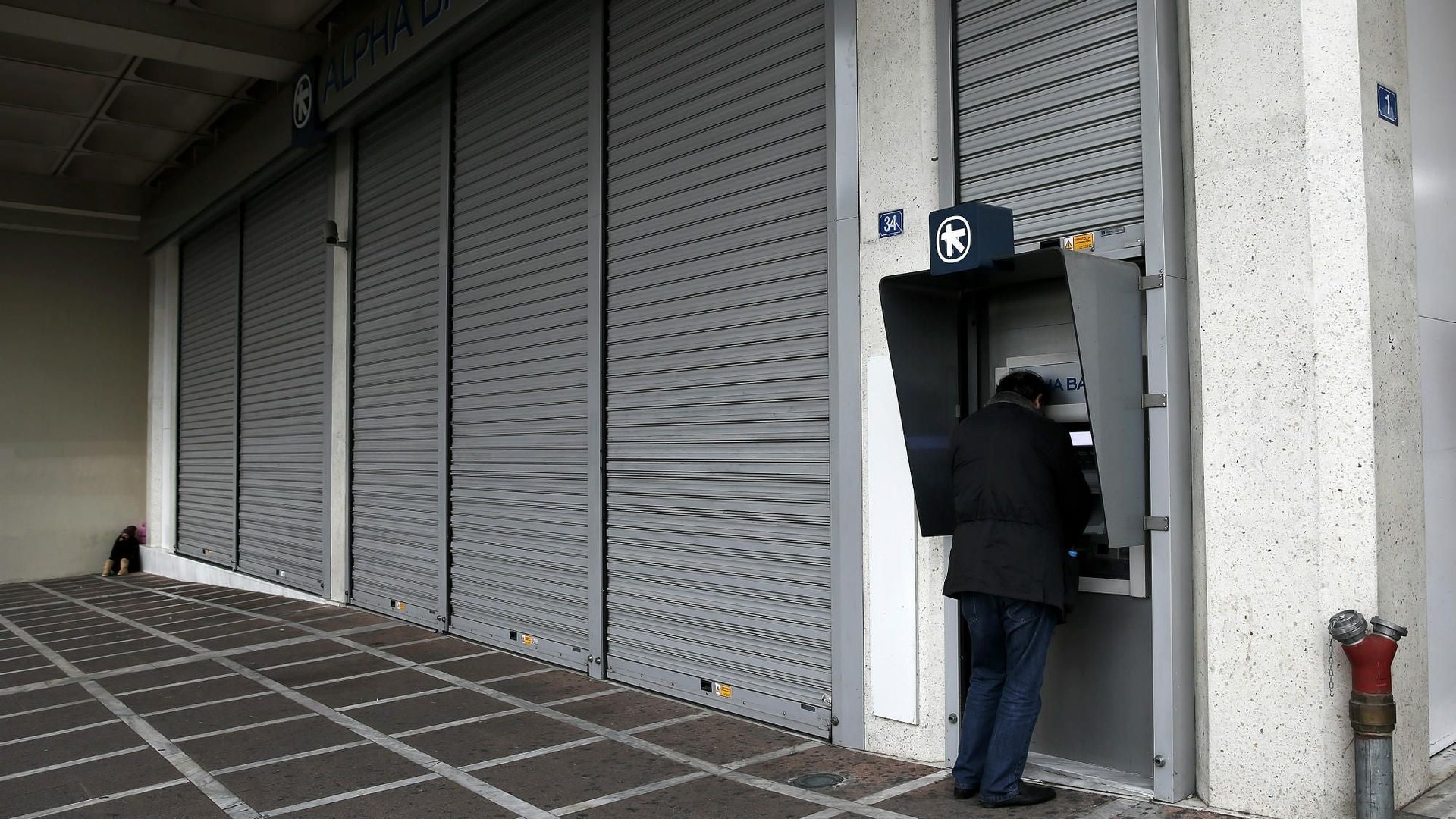

This would seem a bad time to be in the ATM business. Every week brings pronouncements of some new digital payments system. Apple, most notably, launched Apple Pay late last year. Samsung debuted its own payments systems in March. Google is rolling out Google Wallet (again) and is supposedly also releasing Android Pay for mobile. Facebook will soon allow Americans to send each other money. And a newfangled service called Venmo is popular with young Americans these days (who appear to use it primarily to pay for beer and pizza, and the occasional drug deal).
The many challengers to cash—checks, debit cards, credit cards, and so forth—are used mostly for high-value transactions. Small sums, which make up the majority of all payments in the United States and globally, are still ruled by cash. After all, nobody writes out a check for a sandwich. And in many places around the world, using a card for small payments incurs additional fees.
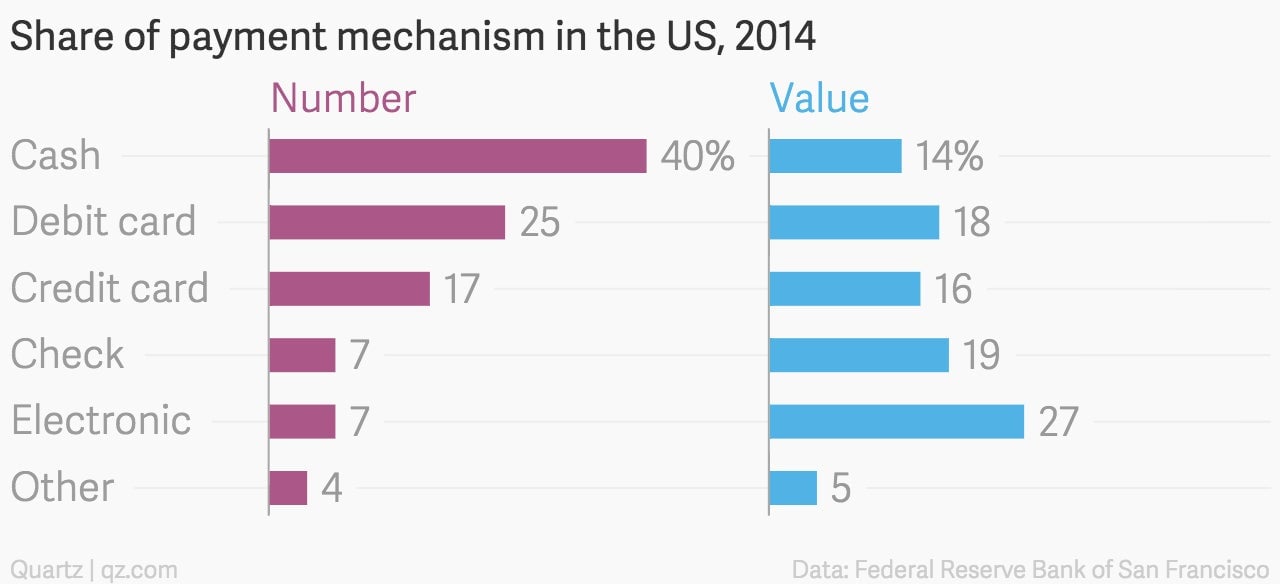
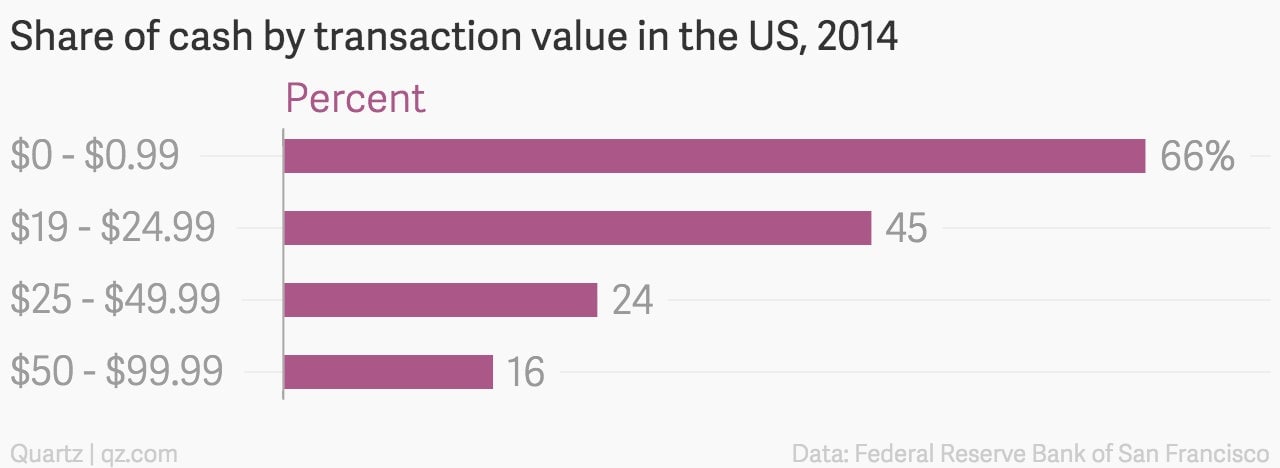
These are the sorts of payment that digital money technologies are going after. After all, the promise of Apple Pay is that it will make paying for taxis and coffees faster and easier, not that it will replace credit cards for big transactions.
Could the demise of hard cash, and along with it the ATM, finally be near?
Cashing in
Not so fast, says Andy Mattes, CEO of Diebold, one of the world’s biggest ATM makers. There is more cash sloshing about than ever before. Euro notes and coins in circulation have doubled in number since the introduction of the common currency. Twice as many dollar bills are in circulation now than two decades ago. Americans took more money out of ATMs in 2012 than they did in 2003. And the biggest users of cash? The same young people (pdf, p.8) so keen on services like Venmo.
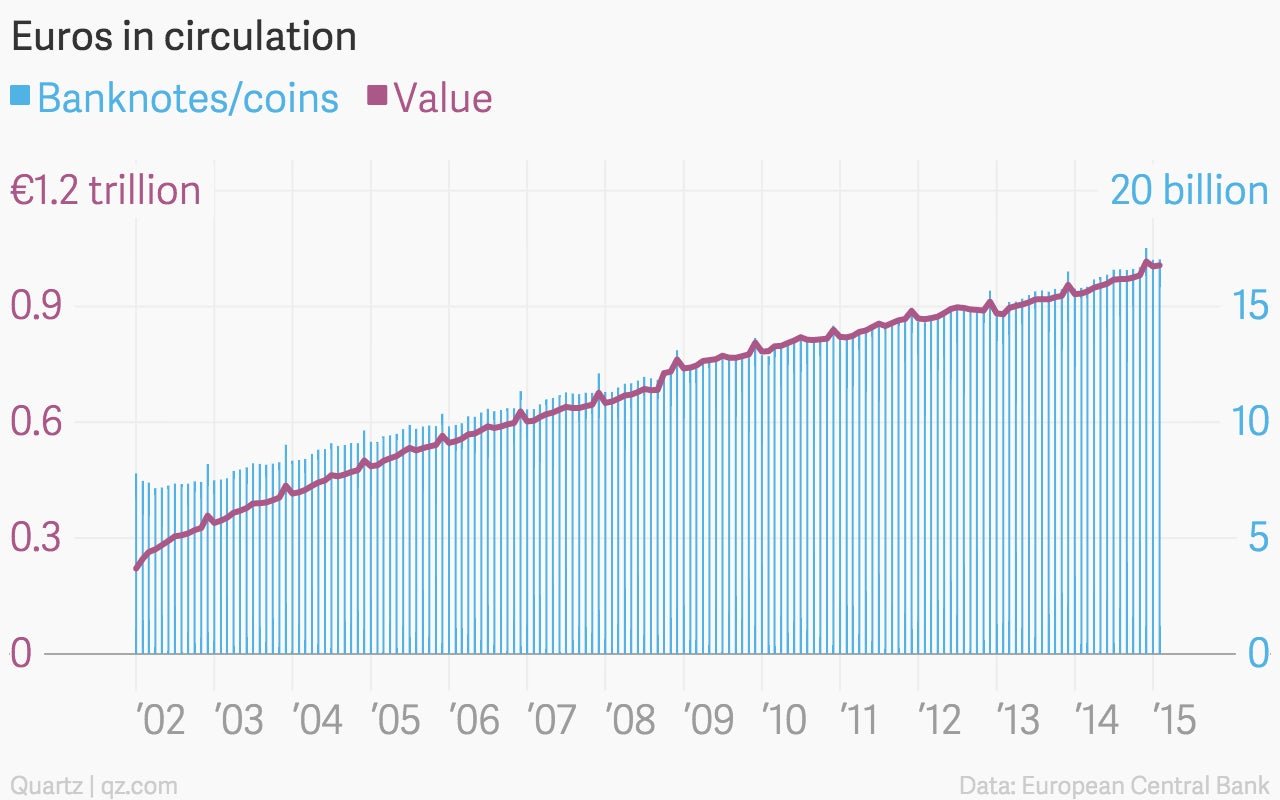
That strange dynamic, with a new generation equally comfortable using hard cash and software-based money, is a challenge for financial firms. “Our job is to connect the physical world of cash with the digital world of cash,” he says.
Mobile penetration in most societies—including those of rich Western countries—exceeds penetration of bank accounts and credit cards. All these potential users of digital money need a way to put cash into the system. In Kenya, where mobile money is common, people do it through human agents. Mattes is betting that in more advanced economies, machines will do it instead.
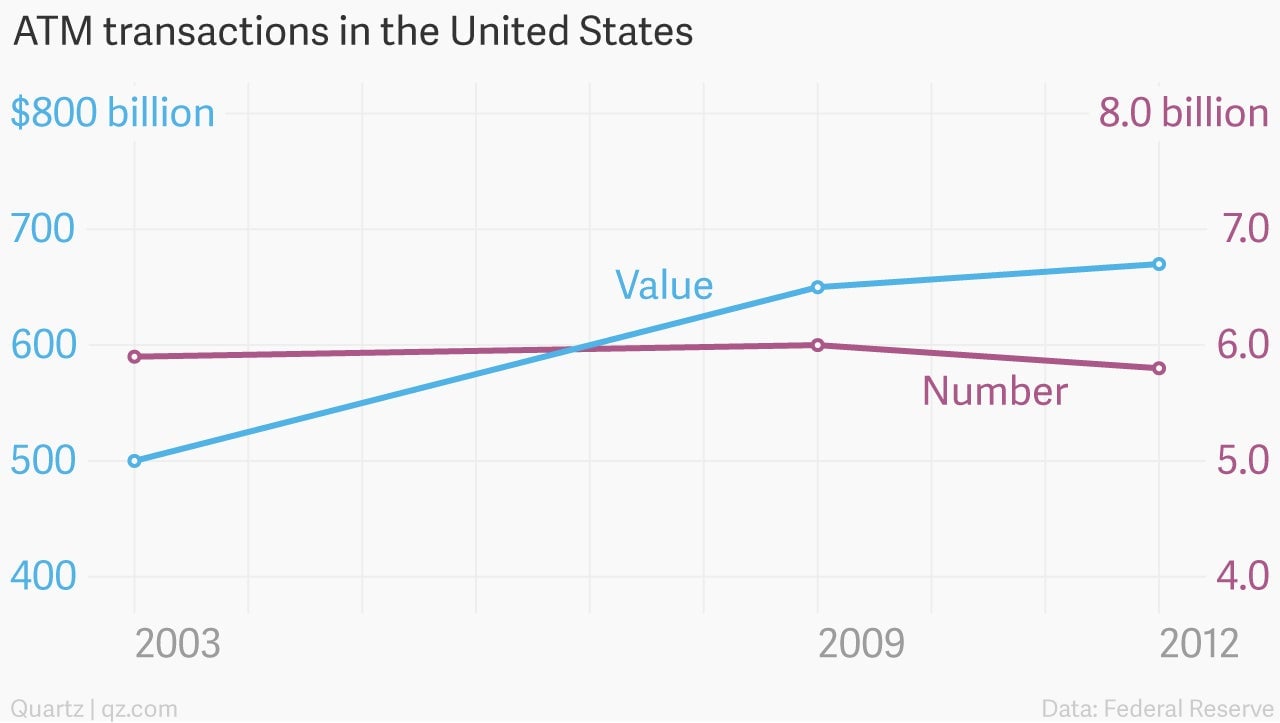
The many lives of the ATM
The financial crisis sent ATM innovation lower down the priority lists of big banks, but investment is picking back up now. Banks in emerging markets are spreading their networks and adding features, while in wealthier countries they are looking at advanced ATMs as a cheaper alternative to branches.
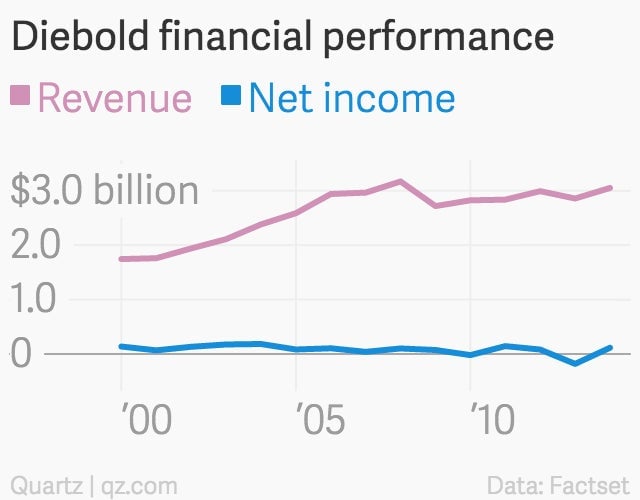
This is changing what ATMs are expected to do. In Latin America, the typical ATM has 50 to 75 features, compared with 25 in the US, says Mattes. It allows people to pay water, phone, and electricity bills, and even to pay to view a soccer match on their televisions at home. In the UK, people can top up their phone balance or contribute to charity via cash points. New machines being trialled by UBS in Switzerland will allow people to open bank accounts; instead of cash, they spit out a brand new debit card. “A new machine can do 95% of what a human teller can do,” says Mattes. That includes easy things like bank transfers and accepting cash, but also things like sanctioning car loans.
In Luxembourg, Diebold has installed a machine that delivers cash by reading a QR code rather than a card. “Once you do that, think about what else you can do,” says Mattes. “You can send the QR code to someone else or to another country.” The code gets translated into cash at the ATM. It’s too soon to say whether this will catch on—the technology is only 20 months old. But it’s another way of preparing for the day Mattes envisions, when putting money into a machine becomes as commonplace as taking money out of it.